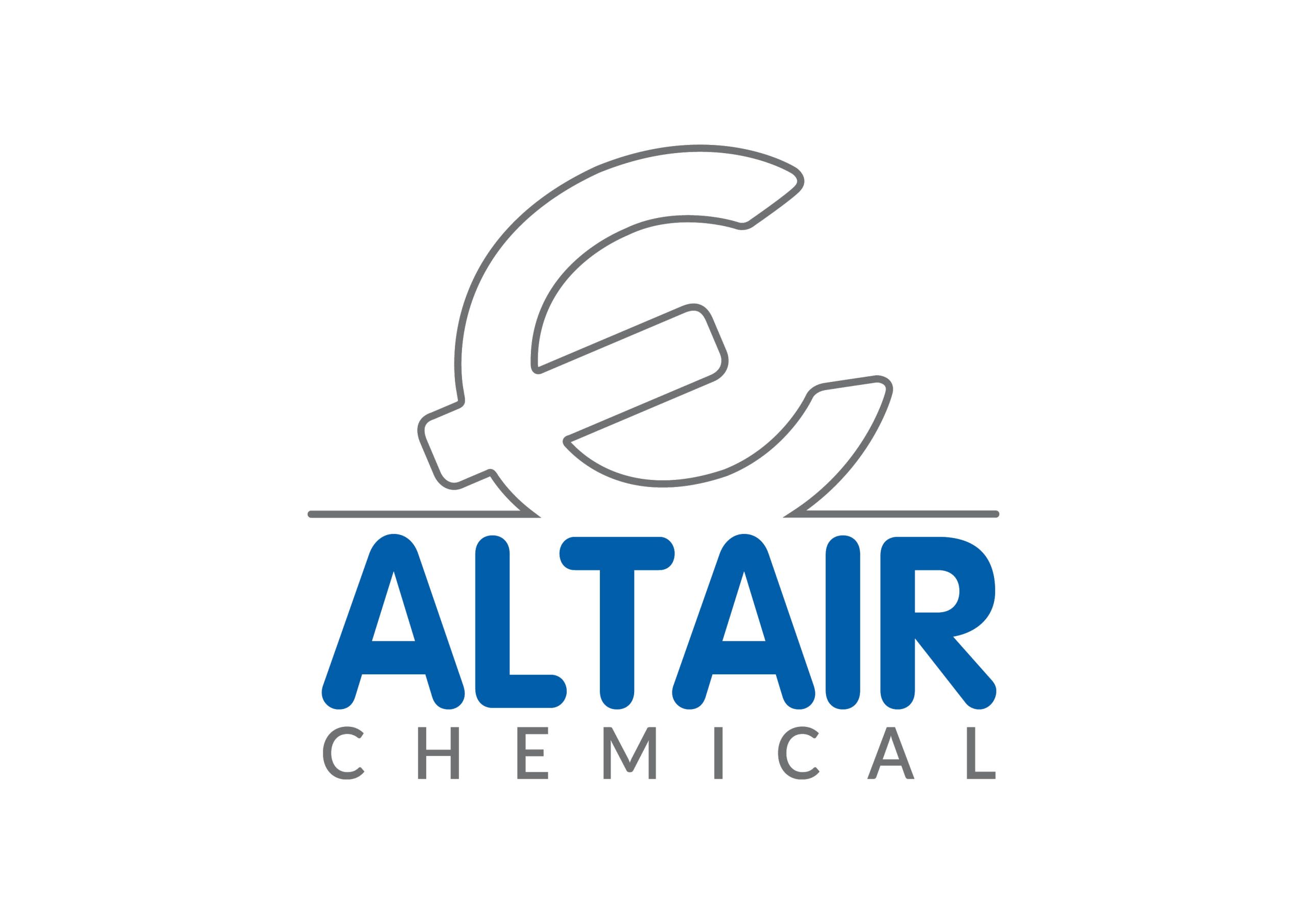
Environment
Circular approach
Over the years, the circular approach has characterised both the transformation of production processes and the development of new products.
In this way, excellent results have been achieved in the recovery of energy, water resources, raw and secondary materials.
Ferric chloride is reused in two virtuous modes. The former uses as raw material waste acid from steelworks and waste from hydrochloric acid processing to obtain high quality ferric chloride for drinking water treatment. In the second way, the rolling flakes are reused to generate basic ferrous chloride which, after absorption with chlorine gas, generates ferric chloride.
In the production of chloroparaffins, biodiesel has replaced paraffin derivatives and, using innovative reactors designed in-house, yields and productivity are increased, minimising the waste of raw materials and energy consumption.
In industrial processes, a new lease of life is given to: condensate water recovered through its comparable quality to demineralised water; carbon dioxide from gaseous cogeneration emissions reused in the production of potassium carbonate; and hydrogen generated by the electrolysis of salt to feed a bi fuel boiler that generates steam, thus reducing methane consumption and lowering emissions into the atmosphere.
The impact of waste on the environment is mitigated by recovering or directly disposing of certain types of waste. For example: the reuse of rolling mill scale in the production of ferrous chloride at Saline di Volterra and the disposal of chloro-aromatic compounds by thermal combustion at Pieve Vergonte.
Protection of water resources
As water is used in industrial operations, its quality and quantity is constantly monitored with checks and management procedures aimed at maximising its recovery.
If possible, water is returned to the environment after its use. This practice is implemented in the Saline di Volterra plant, where 40% of the water returns to the Botro Santa Marta river, but also takes place in the Pieve Vergonte site, where the water is once again incorporated into the body of water from which it was initially taken.
Emission into the atmosphere
Emissions are frequently monitored and carefully checked to ensure that they comply with the authorised limits of all plants. Diffuse odour emissions are also supervised and periodically compared with environmental and odour threshold reference values.
At the Saline di Volterra plant, twenty-one emission points are checked: in this case, the authorisation is AIA no. 3528 of 15/03/18 issued by the Region of Tuscany. In the Pieve Vergonte plant, however, ten points are managed addressing emissions into the atmosphere. The points comply with the limits of environmental regulations and bear the recognition and authorisation of the Integrated Environmental Authorisation (AIA) review decree No. 304 of 27/07/2021 issued by the Ministry of Ecological Transition.
